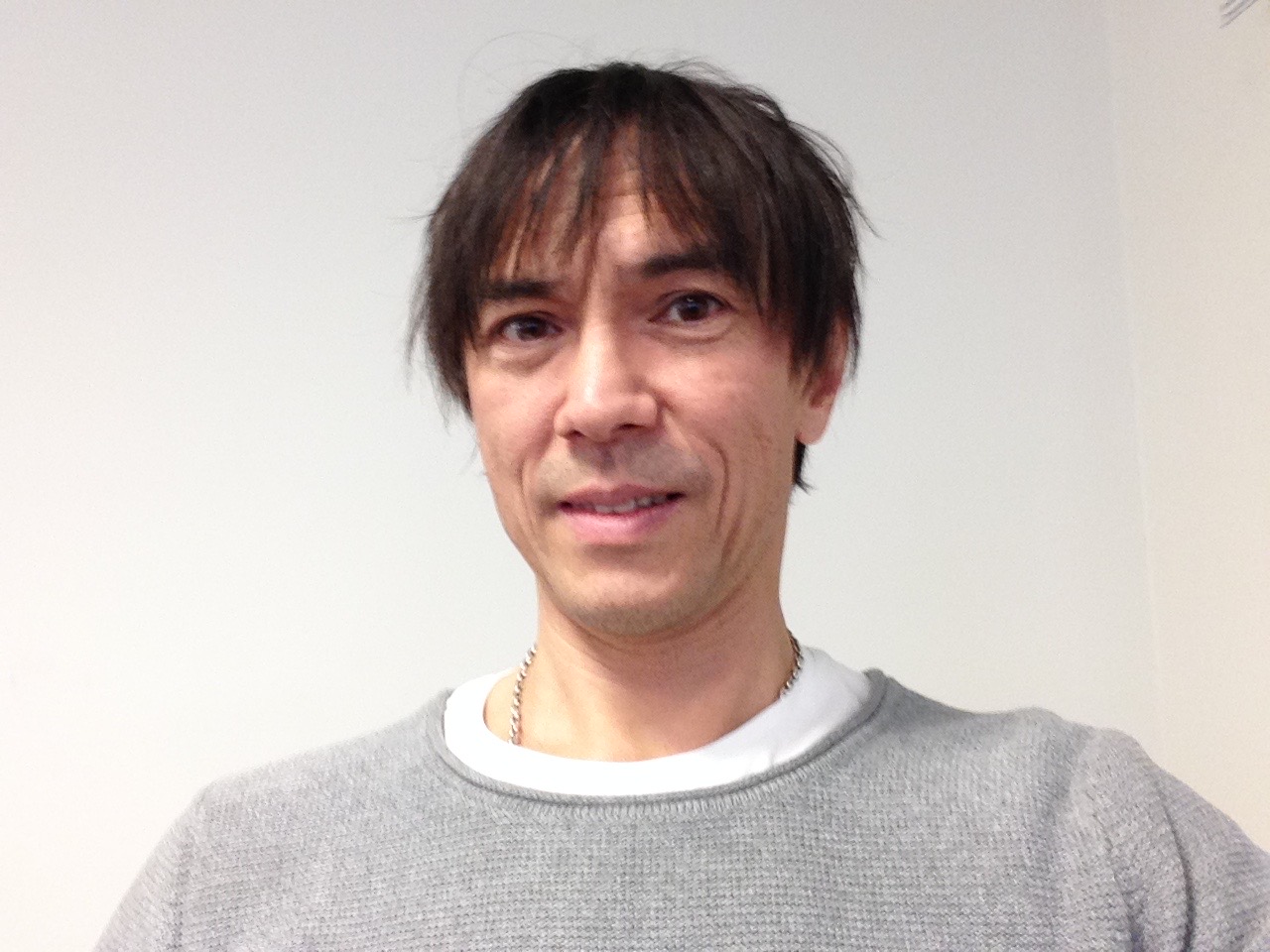Lars Skoglund | WesDyne Sweden
05th January 2017
Mr. Lars Skoglund is our guest for this talk about NDT simulation and probe design, speaking from WesDyne Sweden.

You are working at WesDyne Sweden. Can you explain to us what do you do there?
Generally, we work with NDE-related problem-solving, mainly focused on the nuclear industry. My specialty area is Ultrasonic Probe Design.
In-house here in Täby (just North of Stockholm), we develop robotics and inspection systems that are very good at inspecting “non-inspectable” objects where the access is very restricted, often deep down under water inside the reactor vessel. What perhaps distinguishes the probe design work here at WDS from a standard probe design is the close link to the mechanics around the probe, to ensure good contact and positioning. Many times the probe design includes a mechanical suspension with an electrical and mechanical interface to the manipulator.
How did you start with NDT simulation?
The first time we came in contact with CIVA was around 2003, and back then we used it mainly for setting up different phased array configurations, coverage checks, etc.
It was version 7.0 back then, very unstable… We followed it up to version 8.1, and decided to take a break from the software but to keep an eye on it, to see if it was improved. And it was! We are now back as regular users since version 10.0.
In what sense can simulation help innovate in NDT?
Simulation is very useful for parameter variations when designing UT probes, both conventional probes and phased arrays.
It is also cost effective: the first prototype is more likely to be ok if simulated first.
If I am not mistaken, you are working with ET and UT techniques. Do you do EMAT as well?
Yes, but UT is my main focus. We manufacture ET probes as well but are not using the CIVA ET module (yet). We have EMAT probes in-house for lab purposes, but don’t use them too often. We are mostly very restricted in space in our applications, and EMAT probes are relatively big.
Which improvement of the software are you expecting?
In the UT module, I look forward to a surface waves implementation.
When running in TOFD mode, it would also be of help to get diffraction signals from “open” cracks (think EDM notches), and not only from infinite thin cracks, to be able to compare the results with scans on notch blocks.
And a CTRL+Z function to correct the last input!
Do you think that the aging of power plants will imply necessary improvements of NDT, and that it will accelerate the introduction of advanced NDT in the nuclear field?
Yes, with life time extensions, areas that were not designed for inspection now appear on the radar. This creates unique inspection challenges that put both inspection techniques and robotics to the ultimate test. Novel techniques will serve as solutions to some of these challenges for sure. We will probably see more of FMC-like solutions as the algorithms are becoming more efficient.
What is, for you, the main challenge for NDT companies in the upcoming years?
You probably have heard it before… The ability to deliver cost effective turnkey solutions to our customers.
A result of this could be more cooperation between different NDT labs and inspection companies, to be able to present overall solutions to specific problem areas.
